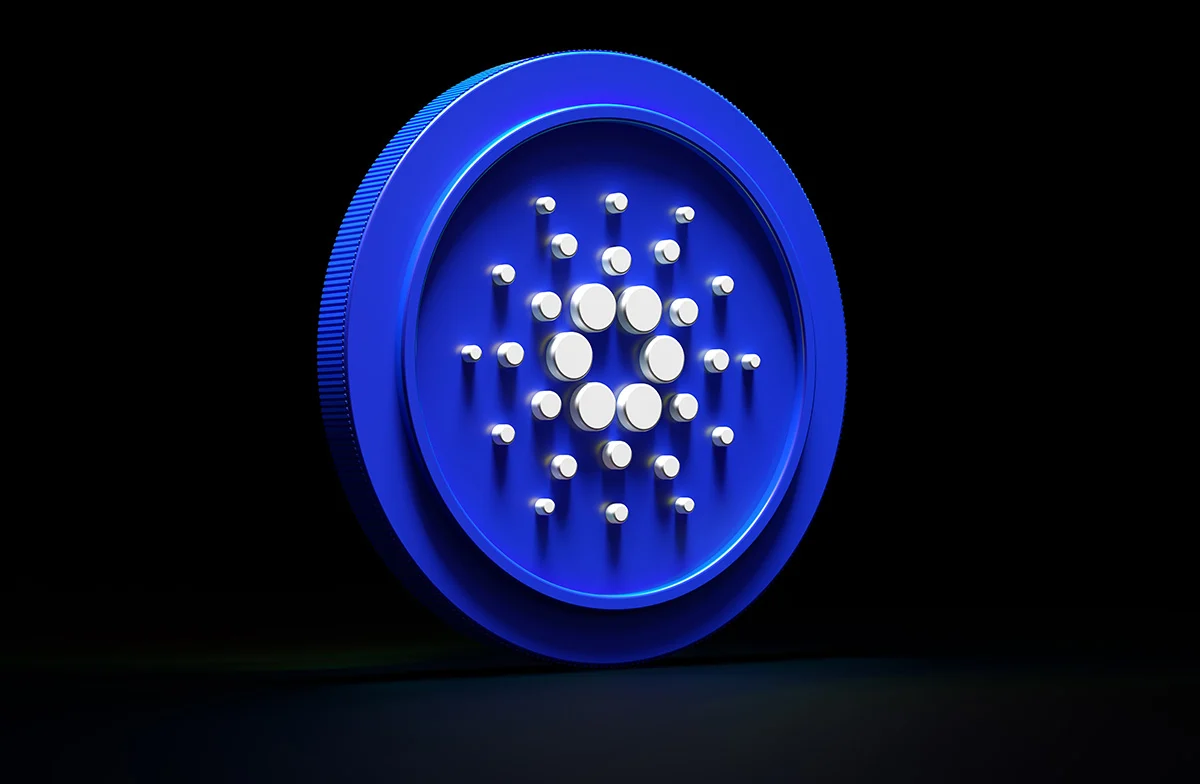TLDR
- Charles Hoskinson praised DJED for maintaining 99.9% price stability over the past two years.
- DJED recently experienced a sharp drop to $0.55 but recovered within five hours.
- The Cardano team designed DJED to ensure recovery, rather than maintaining minute-by-minute stability.
- DJED’s algorithmic mechanism uses ADA and SHEN as reserve assets to maintain its peg.
- The stablecoin has traded within a narrow range of $0.97 to $1.03 for most of its existence.
Charles Hoskinson, the founder of Cardano, has praised DJED, the network’s native stablecoin, for maintaining remarkable stability over the past two years. During a recent livestream, he highlighted that DJED has maintained its dollar peg 99.9% of the time. However, he addressed the stablecoin’s recent deviation from its peg during a broader market sell-off on October 10.
DJED’s Peg Deviation and Recovery
DJED experienced a sharp drop from around $0.99 to $0.55 over the weekend. This occurred amid fears of a renewed trade war, following U.S. President Donald Trump’s proposal to impose tariffs on China. The decline raised concerns over DJED’s stability, but Hoskinson emphasized that it recovered within five hours.
Hoskinson referred to this recovery as “magical,” considering the system’s resilience after a sharp drop. The Cardano founder acknowledged that while DJED lost its peg, the system is designed to ensure recovery over time.
“Our goal is not to maintain minute-by-minute stability, but to ensure the coin eventually returns to its peg,” he explained.
The Cardano team designed DJED as an algorithmic stablecoin that uses ADA and SHEN as reserve assets. With a collateral ratio ranging between 400% and 800%, the system aims to protect the coin from significant price fluctuations. When volatility rises, the system freezes new deposits to prevent further price drops.
Cardano Plans Tier-1 Stablecoin with Ripple
Since its launch in January 2023, DJED has mostly traded within a narrow range of $0.97 to $1.03. According to on-chain data, DJED’s price stability has been consistent for 99.9% of the time. While there were rare deviations, including a brief surge to $2.46 and the recent drop to $0.55, the stablecoin has primarily held its value.
Hoskinson emphasized that despite the occasional volatility, DJED has proven to be a reliable stablecoin within its dollar peg. He reflected on the two-year experiment with DJED as a successful test of Cardano’s stablecoin model. “It has been a fun experiment,” Hoskinson remarked, showing pride in the project’s progress.
💰$Djed has kept its price stable 99.9% of the time over the past 2 years, despite market volatility. @IOHK_Charles calls it a “volatility dampener” – no absolute peg, just consistency. A step forward for decentralized stablecoins.
#Cardano #Djed #Stablecoin #DeFi pic.twitter.com/FZf8qMjFz7
— Cardano 5PC (@cardano_5pc) October 13, 2025
In the current market, DJED is trading around $0.99, maintaining its peg. Despite a smaller market cap of $3.28 million, compared to established stablecoins like USDT and USDC, DJED has proven its resilience. The stability and growth of DJED could play a significant role in strengthening Cardano’s decentralized finance (DeFi) ecosystem.
Hoskinson also discussed plans to introduce a tier-1 stablecoin within the Cardano ecosystem. He mentioned meetings with Ripple executives, including CEO Brad Garlinghouse, to explore the possibility of bringing Ripple’s stablecoin, XRP, to Cardano. While no official launch date for RLUSD has been set, Hoskinson believes the addition could further enhance Cardano’s DeFi offerings.
The potential introduction of RLUSD underscores Cardano’s commitment to expanding its ecosystem. Hoskinson remains optimistic about DJED’s future and its ability to serve as a stable foundation for the network’s DeFi growth.






